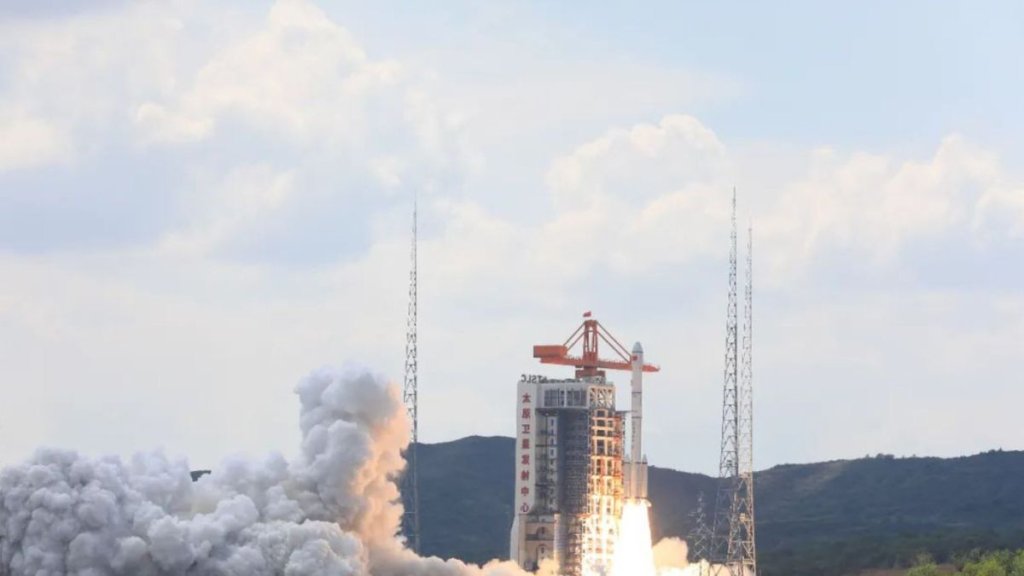China launched a new classified satellite on Sunday (Sept. 10), continuing the country’s recent rapid launch rate.
A Long March 6A rocket lifted off from the Taiyuan Satellite Launch Center in northern China on Sunday at 12:30 a.m. EDT (0440 GMT; 12:30 p.m. Beijing Time). Launch video shows the vehicle rising over the verdant hills surrounding Taiyuan, powered by its four solid rocket boosters.
Little is known about the Yaogan 40 satellite. It is designed to obtain data on the electromagnetic environment and conduct related technological tests, according to the state-owned China Aerospace Science and Technology Corporation (CASC), the country’s main space contractor.
Related: China’s space station, Tiangong: A complete guide
The vague description of the spacecraft and lack of details and images is typical for China’s Yaogan satellites, which are considered by outside experts to be reconnaissance craft for China’s military.
The launch follows just days after a pair of launches to put four other Yaogan satellites into orbit. The Yaogan 40 satellite is likely a much larger satellite than the other recently launched spacecraft, indicated by the size of the rocket used for Sunday’s mission.
The Long March 6A is 164 feet (50 meters) tall and is China’s first rocket to feature a liquid-propellant core stage with solid rocket boosters. The rocket bears little resemblance to the much smaller standard Long March 6.
The 6A is capable of carrying 9,900 pounds (4,500 kilograms) to a 430-mile-altitude (700 kilometers) sun-synchronous orbit (SSO). Satellites in an SSO pass over the poles and can observe particular spots on Earth at the same time every day.
Sunday’s mission was the third launch of the 6A, which had its debut flight in March 2022. The launch was China’s 42nd of 2023 and the 17th since July 9, demonstrating an uptick in Chinese launch cadence. CASC is aiming to launch more than 60 times this year, with China’s commercial launch firms adding to overall activity.

